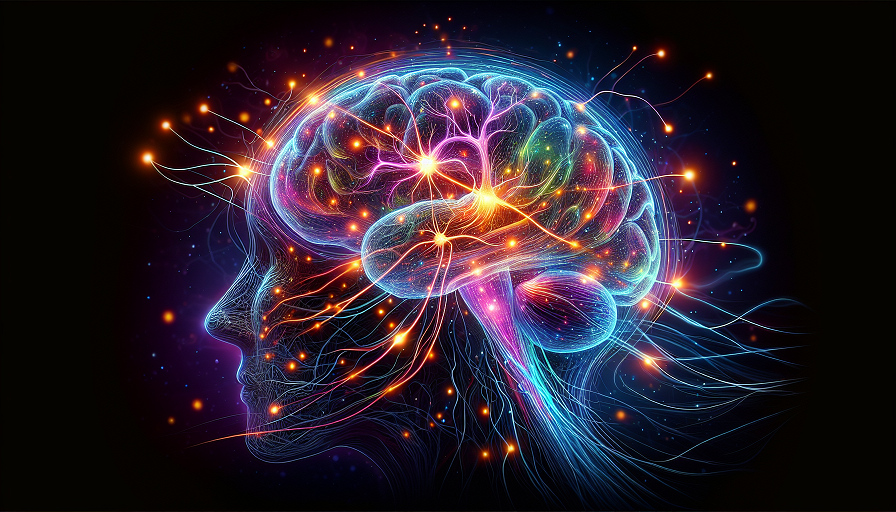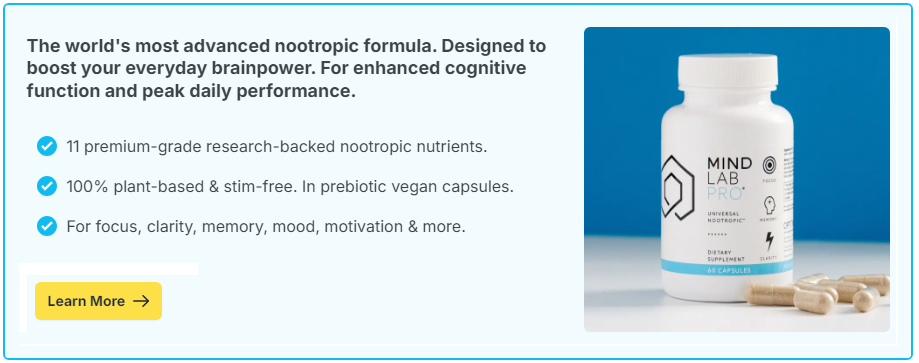
Metaphors are more than just a writer’s tool. They are a window into how our brains work and think. By engaging both the literal and imaginative sides of our minds, metaphors enrich our experiences, especially when it comes to storytelling. But why does the brain delight in metaphors, and how do they make storytelling more effective? Here we look at how symbolic thinking—a knack for seeing one thing as representative of another—can turn a simple story into something much more profound and memorable.
Contents
What Are Metaphors?
Before diving into the brain’s relationship with metaphors, it’s important to understand what metaphors are. Simply put, a metaphor is a figure of speech that directly refers to one thing by mentioning another. Unlike similes, which use “like” or “as” to make a comparison, metaphors state that something is something else, creating an immediate and often striking image in our minds.
For example, saying “time is a thief” tells us more than just the fact that time passes quickly or steals moments; it paints a vivid picture that can evoke strong emotional responses.
Why the Brain Loves Metaphors
Metaphors are not just enjoyable; they are essential for how we think. But why does the brain seem to have such a fondness for them? Here’s a closer look.
Connecting the Dots
Our brains are wired to find connections and patterns. This ability is vital because it helps us make sense of the world around us. Metaphors offer a shortcut to understanding by linking new or complex ideas with familiar concepts. When you hear “the world is a stage,” your mind immediately forms connections between the concept of life and theatrical performances, providing a clearer understanding of both.
Engaging Emotion
Metaphors also engage our emotions more deeply than literal language can. By comparing an idea to something more sensory or emotionally charged, metaphors can evoke feelings that reinforce a message. For instance, describing someone going through “a rollercoaster of emotions” conjures up the imagery of the ups and downs of an amusement park ride, making the emotional context palpable and relatable.
Simplifying Complexity
Some ideas and concepts can be difficult to grasp in their raw form. Metaphors can simplify complex information by breaking it down into more relatable images. This accessibility makes new knowledge easier to absorb and remember. Consider phrases like “the heart of the matter” or “a sea of troubles,” which create simple yet powerful images that our brains can easily process and store.
The Role of Metaphors in Storytelling
Storytelling has been a cornerstone of communication throughout human history, and metaphors play a key role in making these stories compelling and meaningful.
Creating Vivid Imagery
One of the greatest powers of storytelling is its ability to paint vivid pictures in the listener’s or reader’s mind. Metaphors enhance this imagery by adding layers of meaning, turning simple narratives into rich landscapes of imagination. When a writer describes “her eyes were oceans,” it not only suggests the color and depth but also conveys emotion and mystery, drawing readers deeper into the story.
Fostering Deeper Connections
Great stories often resonate because they create emotional connections. Metaphors enrich these connections by letting readers or listeners see themselves within the story. They offer new perspectives and foster empathy, as complex emotions and experiences become accessible through relatable comparisons. The phrase “carrying a heavy burden” can transform a character’s struggle into something universally understood, deepening empathy and engagement.
Enhancing Memory
Metaphors anchor stories in our memories. By creating compelling images and emotions, they ensure that stories stick with us long after we’ve heard or read them. This is partly because our brains remember things that are unusual or emotionally charged better than the mundane. A creative metaphor can make a point unforgettable, transforming an ordinary message into an extraordinary one.
The Science Behind Metaphorical Thinking
The love our brains have for metaphors is not just poetic—it’s scientific. Research into how we process metaphors sheds light on why they are so effective.
The Brain’s Dual Process
Studies using brain imaging have shown that processing metaphors involves both the left hemisphere, responsible for logical thinking and language, and the right hemisphere, responsible for creativity and emotion. This dual process engages more of the brain’s capabilities, leading to a more comprehensive understanding and stronger memory.
Activation of Sensory Areas
Interestingly, metaphors can activate sensory regions of the brain traditionally related to real experiences. When reading metaphors involving taste, smell, or touch, for instance, these sensory areas become active, creating a more immersive experience. This activation helps transform abstract concepts into something more tangible and memorable.
Using Metaphors to Improve Your Storytelling
Armed with this understanding of the brain’s relationship with metaphors, how can one leverage this to become a better storyteller?
Be Mindful of Your Audience
While metaphors are often powerful, it’s important to choose them wisely based on the audience. Metaphors that are too complex or obscure can confuse rather than clarify. Consider the cultural and personal backgrounds of your audience to craft metaphors that will resonate meaningfully.
Find Balance
A story overloaded with metaphors can become overwhelming or lose its impact. Balance your narrative with both direct and figurative language so that metaphors serve to enhance rather than obscure your message. Use them sparingly for crucial moments in your story, where emotional impact or complexity demands deeper engagement.
Experiment and Practice
Enhancing your metaphorical thinking comes with practice. Experiment with different types of metaphors and observe how they change the dynamics of your story. Notice how your audience responds, and refine your approach based on what resonates.
Metaphors are more than just decorative language; they are a testament to the imaginative power of the human mind. By understanding and harnessing this power, we can become more effective communicators and storytellers, painting worlds that are as unforgettable as they are insightful.
Enhancing Cognitive Function with Brain Supplements
In addition to employing metaphors to captivate and connect with audiences, storytellers can also benefit from tools that enhance cognitive function and creativity. One way to boost these mental faculties is through the use of brain supplements. These supplements are designed to improve memory, focus, and mental clarity, which can be crucial for writers and storytellers who need to delve deep into their imaginative resources.
Understanding Brain Supplements
Brain supplements, often referred to as nootropics, are compounds that support cognitive health. They can include natural ingredients, vitamins, and minerals known to enhance brain function. Popular ingredients in these supplements include omega-3 fatty acids, which support brain cell structure, and Ginkgo biloba, known for improving blood flow to the brain and boosting memory.
The Creative Edge
For those engaged in the creative fields, maintaining focus and staying mentally agile can be challenging but essential. Brain supplements can provide that additional edge by improving concentration levels and enhancing overall brain performance. Many creative professionals have turned to brain supplements to aid in maintaining the high levels of cognitive performance required when crafting engaging narratives.
Leveraging the innate power of metaphors and enhancing cognitive function through brain supplements can transform storytelling. By embracing these tools, storytellers can craft narratives that are not only memorable and engaging but also foster deeper connections with their audience, ensuring their stories resonate on a profound level.

